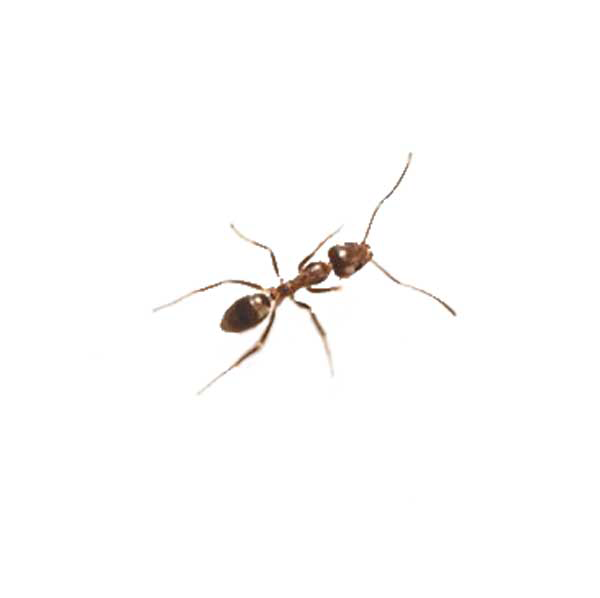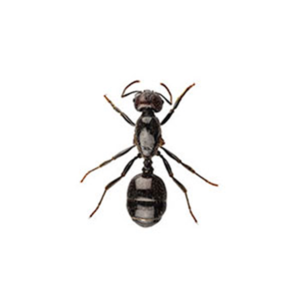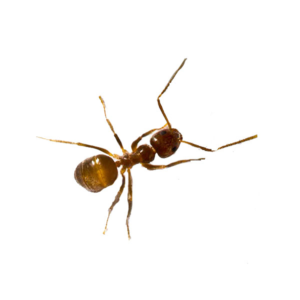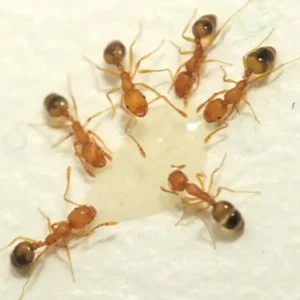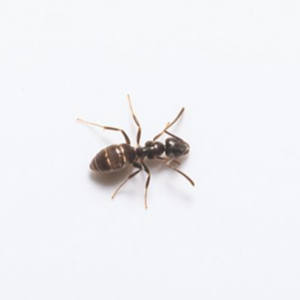Argentine Ants in Memphis TN Metro Area
In Memphis TN Metro Area, Argentine ants have established themselves as prominent nuisances both within households and gardens. While foraging for food, they leave pheromone trails for other ants to follow, which allows infestations to spread quickly. Unlike other types of ants, Argentine ants will cooperate with other species to form expansive “super-colonies”. These ant colonies can expand to such an extent that they assert control over entire city blocks, making their presence felt on a grand scale. Regrettably, they have earned a reputation as one of the most relentless invaders of homes, leaving a trail of contamination and bacterial dissemination in their wake wherever they venture forth.
Argentine Ant Habitats
Argentine ants have a preference for nesting in sunbaked soil, and they go to great lengths to clear vegetation around their nests to create a warm environment. However, they also require a water source. Drip irrigation lines are ideal for providing water and can even serve as highways for the ants to establish new colonies. These resourceful ants choose to set up their nests near sources of food, such as on the ground, in cracks in concrete walls, or at the base of trees. During periods of extreme dryness or excessive moisture, Argentine ants can invade homes through cracks and crevices, often being found near water pipes, sinks, and potted plants. Once inside, they tirelessly search for food, feasting on a variety of items including meat, eggs, oils, fats, and deliciously sweet treats like fruit.
Argentine Ant Behaviors, Threats, or Dangers
While Argentine ants may not pose significant health risks, their sheer population size within a colony is more than enough to wreak havoc in any household. Due to their essential need for water, areas with exposed soil near irrigation ditches can become persistently infested with these ants. Unlike most ant species that only leave pheromone trails from the food source back to their nest, Argentine ants take it a step further by leaving trails to and from the food resource. This behavior, combined with their rapid colony growth, facilitates the formation of interconnected colonies, leading to an extensive and overwhelming infestation. If you suspect an Argentine ant infestation, it is highly advisable to seek the assistance of a professional ant exterminator to effectively address the situation.

